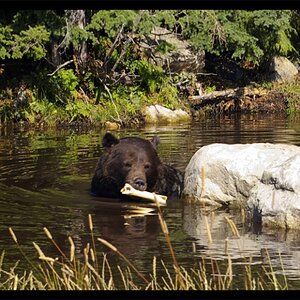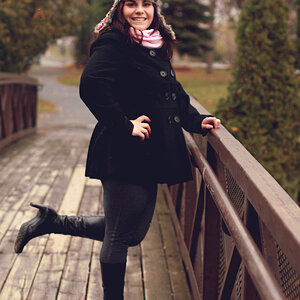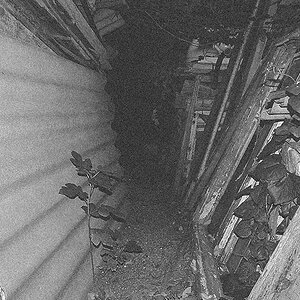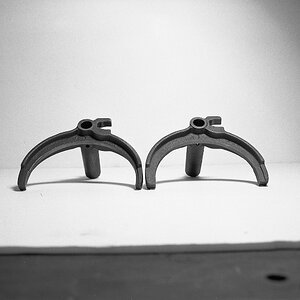Sjixxxy
TPF Noob!
- Joined
- Apr 14, 2009
- Messages
- 109
- Reaction score
- 0
- Location
- MN
- Website
- www.kpraslowicz.com
- Can others edit my Photos
- Photos NOT OK to edit
Are you telling me that Kodak makes not just the film base, but also prints the Arista name on the film, puts the film in an Arista branded cassette, puts that in an Arista branded box, and then ships it off to Freestyle?
Not if you buy in bulk.



![[No title]](/data/xfmg/thumbnail/42/42483-f2f2bc205a7f02ea47df4ffc45d86e24.jpg?1619740195)



![[No title]](/data/xfmg/thumbnail/39/39442-c7791194bfea1b4d6bd382b004fb8488.jpg?1619739033)

![[No title]](/data/xfmg/thumbnail/39/39511-592cbd68b1d797ffce7e41e4fbfed890.jpg?1619739066)


![[No title]](/data/xfmg/thumbnail/42/42484-fe2beb05d743deaf21681664722538d4.jpg?1619740195)
